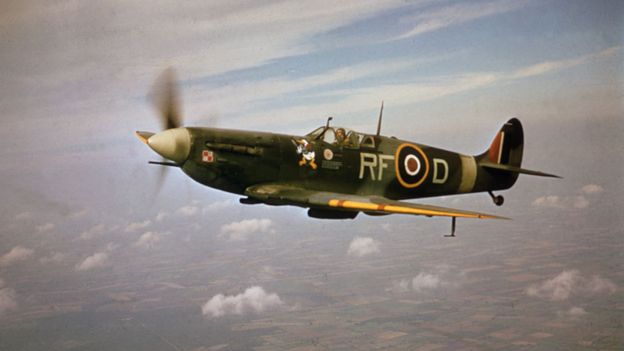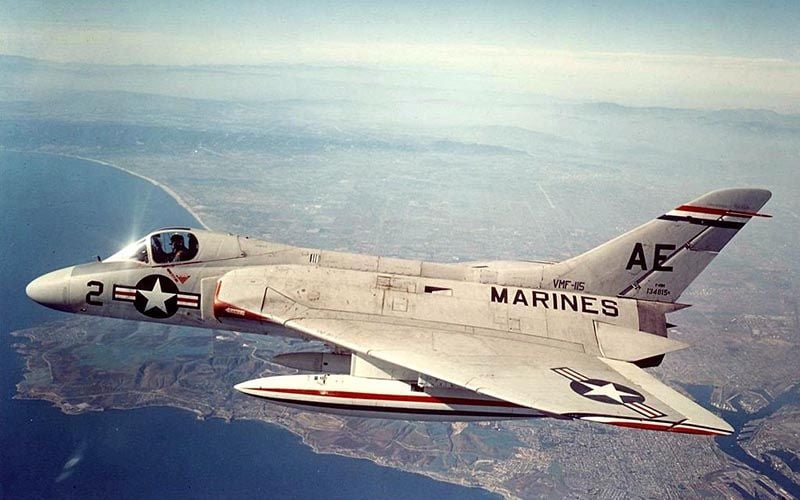Pasoleati
I really should change my personal text
- Joined
- 29 June 2012
- Messages
- 496
- Reaction score
- 167
Interestingly, it seems that Italian Fighters had highest load factors. Fiat CR 42 and G. 50 were definitely designed to 14 g ultimate and apparently Macchi C. 202 was no less than 15.8 g (as per Macchi V. 202 Profile).
Germans theoretically had the figure of 12.8 g (7 g x 1.8) and the USAAC 12 h (8 h x 1.5). I said in theory for Germans) as I would never dare to pull 12.8 g in a 109.
What were the French reqs, for example?
By the way, anyone interested in a Finnish test report on the C. R. 32? I could translate it.
Germans theoretically had the figure of 12.8 g (7 g x 1.8) and the USAAC 12 h (8 h x 1.5). I said in theory for Germans) as I would never dare to pull 12.8 g in a 109.
What were the French reqs, for example?
By the way, anyone interested in a Finnish test report on the C. R. 32? I could translate it.


